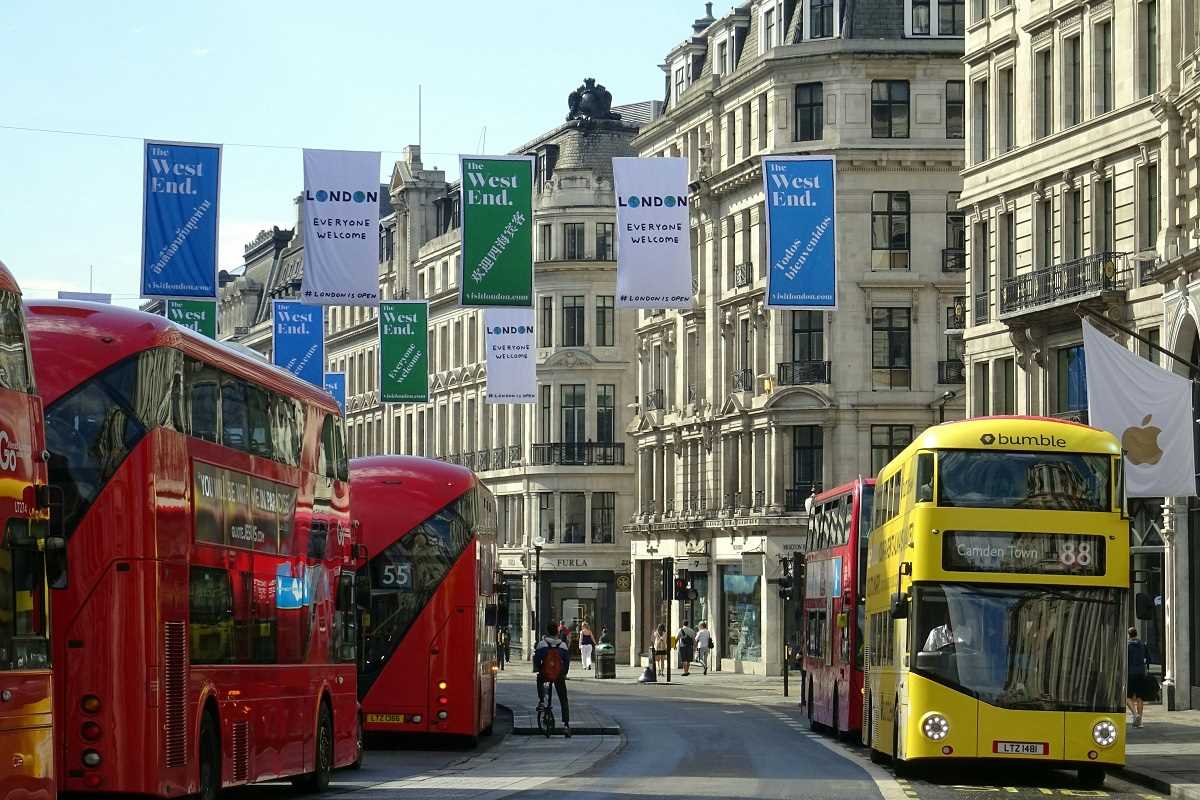Let's get something straight right off the bat: there's a persistent myth floating around that using public transportation somehow makes you less independent, less manly, or less successful. This couldn't be further from the truth, and it's time we put this outdated thinking to rest once and for all.
As middle-aged guys, we've probably spent decades behind the wheel of our own cars, feeling like kings of the road. The car has been our sanctuary, our mobile office, our ticket to freedom. But here's the thing – times are changing, and so should our perspective on getting around. Public transportation isn't just for college students, city dwellers without cars, or people who can't afford their own ride. It's become a legitimate choice for smart, independent men who value their time, money, and peace of mind.
Breaking Down the Independence Myth
The biggest misconception about public transportation is that it somehow strips away your independence. This idea stems from the notion that independence means doing everything yourself, owning everything you need, and never relying on anyone else. But think about it – we don't grow our own food, generate our own electricity, or build our own houses. We use services and infrastructure because they're efficient and effective.
Independence isn't about rejecting all forms of shared resources. It's about making smart choices that give you more control over your life, not less. When you use public transportation strategically, you're actually gaining independence in several key areas.
The Financial Freedom Factor
Let's talk money – something every middle-aged man thinks about seriously. The average American spends about $9,000 per year on car ownership. That includes payments, insurance, gas, maintenance, parking, and all those unexpected repairs that seem to pop up at the worst possible times. For many of us, that's a significant chunk of our income tied up in a depreciating asset that sits idle 95% of the time.
By incorporating public transportation into your routine, even partially, you can dramatically reduce these costs. Maybe you don't need that second car anymore. Perhaps you can downsize to a smaller, more efficient vehicle. Or maybe you discover you can go completely car-free in certain situations. Every dollar you save on transportation is a dollar you can invest, save for retirement, or spend on things that truly matter to you.
This isn't about being cheap – it's about being smart with your resources. The same business acumen that guides your professional decisions can apply to your transportation choices.
Reclaiming Your Time
Here's where public transportation really shines for busy professionals and family men. When you're driving, you're stuck doing one thing – driving. You can't read, work on your laptop, make phone calls (safely), or just decompress after a long day. Your commute becomes dead time.
On public transportation, that time becomes yours again. You can catch up on emails, read that book you've been meaning to finish, listen to podcasts, or simply think and plan your day. Many successful businessmen have discovered that their train or bus commute has become their most productive time of the day.
Consider this: if you have a 45-minute commute each way, that's 90 minutes per day you could be doing something more valuable than staring at traffic. Over a year, that adds up to nearly 400 hours of reclaimed time. That's like getting back 10 full work weeks.
Stress Reduction and Health Benefits
Traffic stress is real, and it's taking a toll on middle-aged men across the country. Road rage, parking hassles, maintenance worries, and the constant responsibility of operating a vehicle in heavy traffic can elevate your blood pressure and stress hormones. Over time, this chronic stress contributes to health problems that many of us are already fighting in our 40s and 50s.
Public transportation removes most of this stress from your daily routine. You don't have to worry about aggressive drivers, finding parking spots, or whether your car will start on a cold morning. You can sit back, relax, and let someone else handle the driving while you focus on more important things.
Many public transportation systems also encourage walking, which adds valuable physical activity to your day. Instead of walking from your house to your garage to your office parking spot, you might walk to a bus stop, climb stairs in a subway station, or stroll a few blocks from the transit stop to your destination. These small additions of movement can make a significant difference in your overall health and fitness.
Environmental Responsibility Without Compromise
As fathers and community members, many of us are becoming more conscious of the environmental impact of our choices. Public transportation is one of the most effective ways to reduce your carbon footprint without making major lifestyle sacrifices. A single bus can replace dozens of individual car trips, dramatically reducing emissions per person.
This isn't about becoming an environmental activist or giving up all your conveniences. It's about making responsible choices that align with the values you want to pass on to your children and the legacy you want to leave in your community.
Practical Tips for Getting Started
If you're intrigued but not sure where to begin, start small. You don't have to revolutionize your entire transportation system overnight. Here are some practical ways to dip your toes in the water:
Research Your Local Options: Most cities have much better public transportation than you might realize. Check out route maps, schedules, and apps that can help you plan trips. Many systems now offer real-time tracking, so you know exactly when your bus or train will arrive.
Test Drive a Regular Route: Pick one routine trip – maybe your commute to work or a regular weekend destination – and try taking public transportation instead. Do this a few times to get comfortable with the process and timing.
Use It for Special Events: Public transportation often shines for concerts, sporting events, or downtown activities where parking is expensive or scarce. Instead of circling for parking or paying premium rates, hop on a train or bus that drops you right at the venue.
Combine with Other Transportation: You don't have to be all-or-nothing. Maybe you drive to a park-and-ride lot and take transit into the city center. Or perhaps you use public transportation during the week but keep your car for weekend family activities.
Technology Makes It Easier
Modern public transportation isn't the unreliable, uncomfortable experience it might have been decades ago. Most systems now offer smartphone apps that provide real-time arrivals, trip planning, and mobile ticketing. You can pay with your phone, get notifications about delays, and even see how crowded your train or bus is before it arrives.
Many transit systems have also improved their comfort and amenities. Wi-Fi, USB charging ports, and comfortable seating are becoming standard on many routes. Some systems even offer quiet cars or business-class sections for professionals who want a more premium experience.
The Social Aspect
Using public transportation also connects you to your community in ways that driving alone never could. You'll encounter people from all walks of life, gain insights into your city's diversity, and develop a different perspective on your urban environment. This isn't about forced social interaction – most commuters respect each other's space – but rather about being part of the fabric of your community.
Making the Mental Shift
The biggest barrier to embracing public transportation isn't usually practical – it's mental. We've been conditioned to see car ownership as a symbol of success and independence. But true independence comes from having options and making choices based on what's best for your situation, not what society expects.
Think of public transportation as another tool in your toolkit. Just like you might choose different tools for different jobs around the house, you can choose different transportation methods for different situations. Sometimes the car is the right choice. Sometimes public transportation is smarter. The key is having the flexibility to choose.
 (Image via
(Image via





